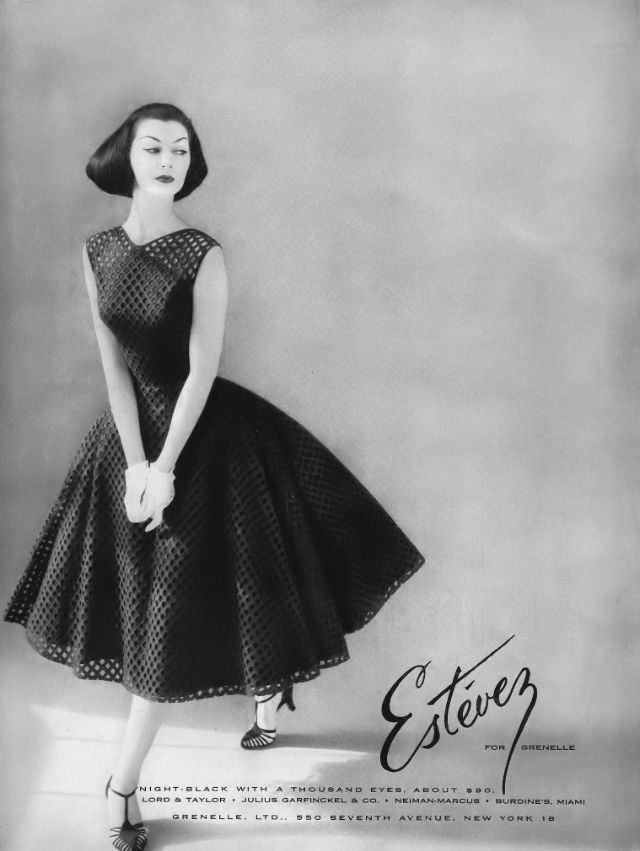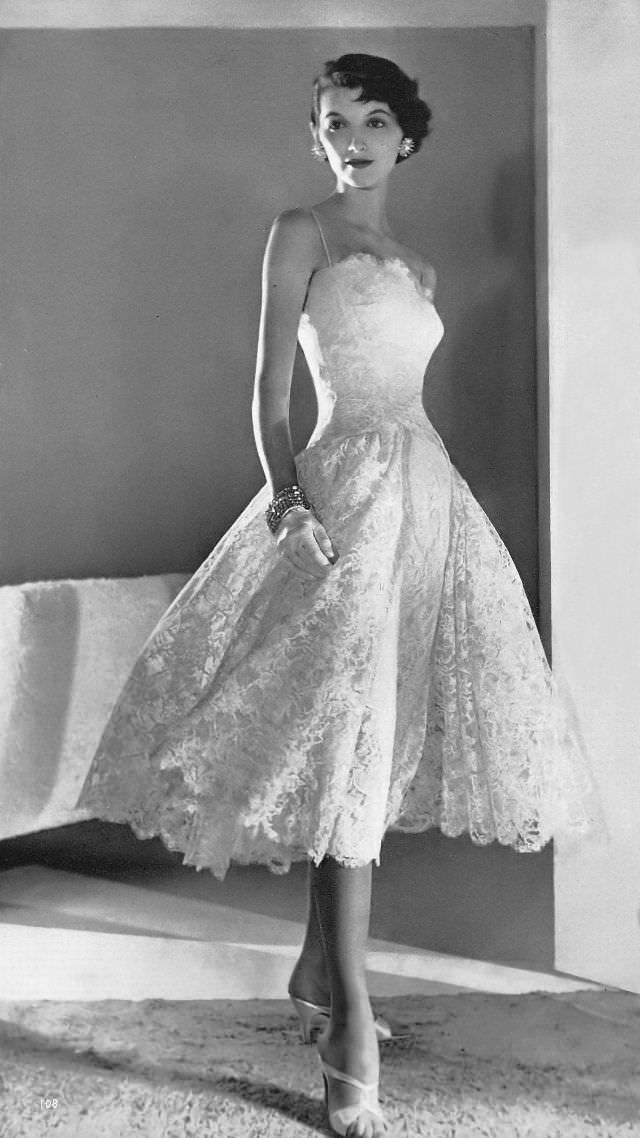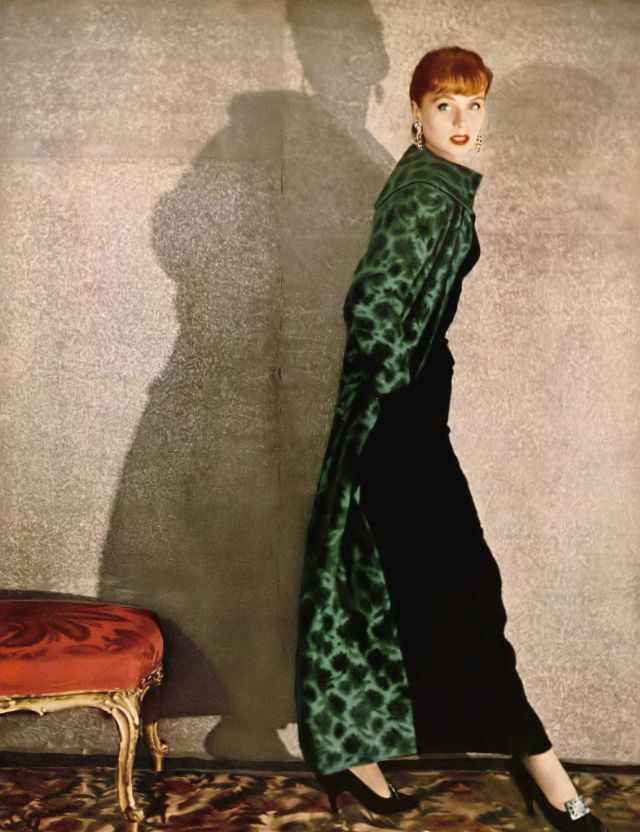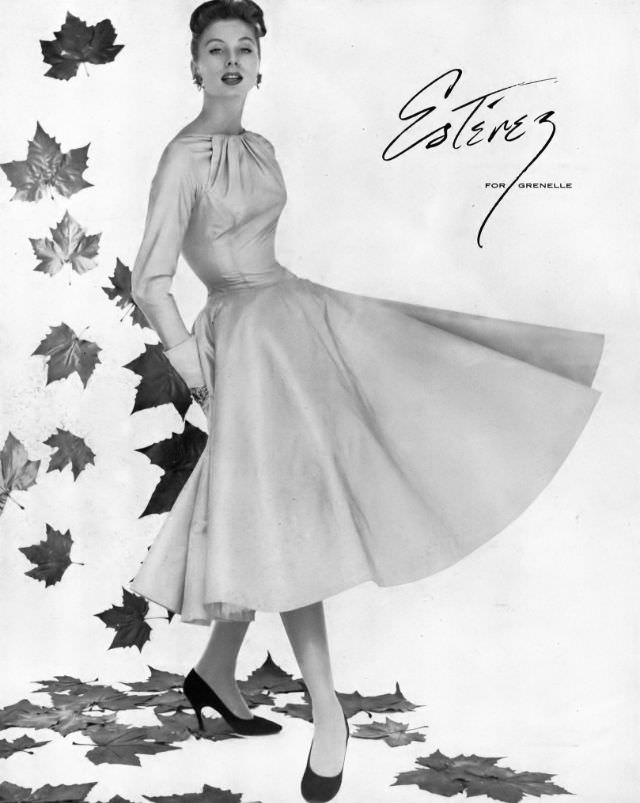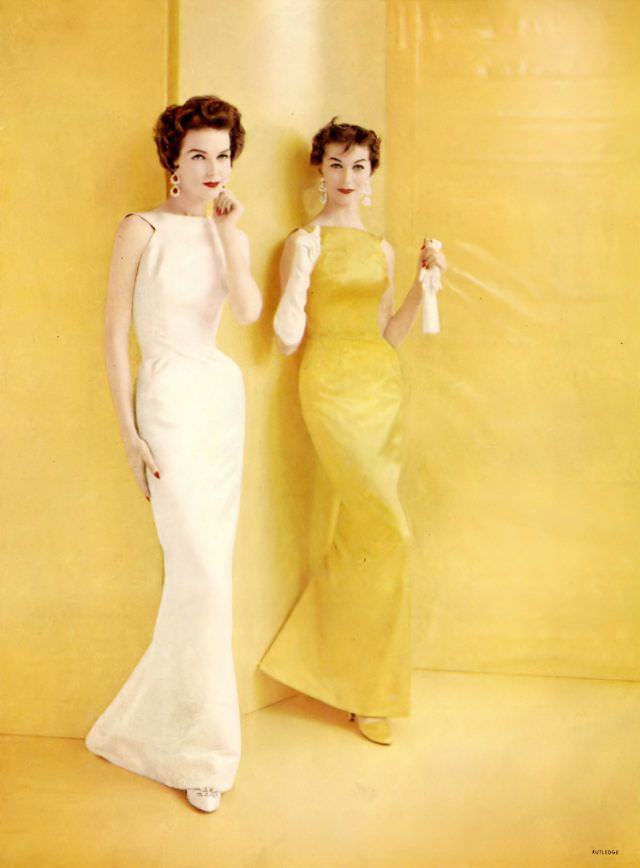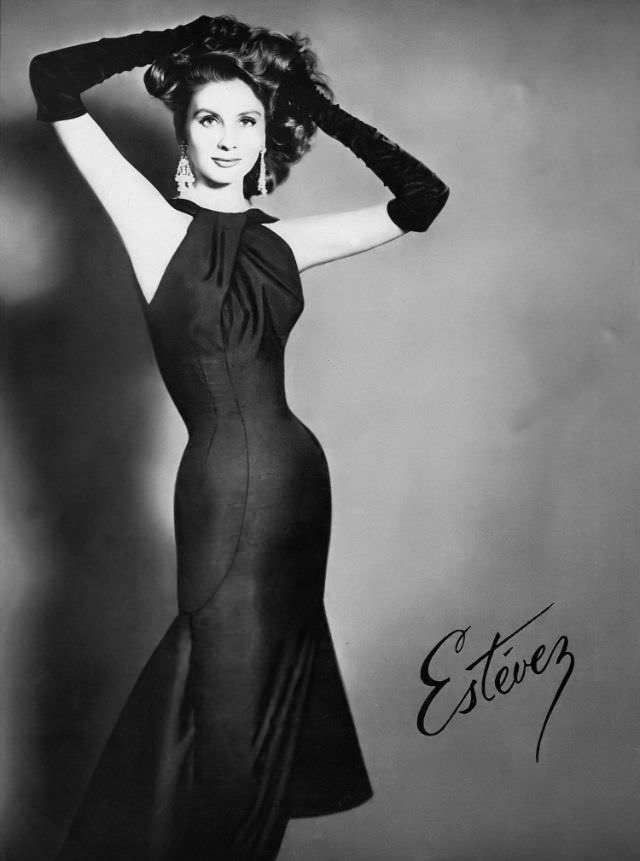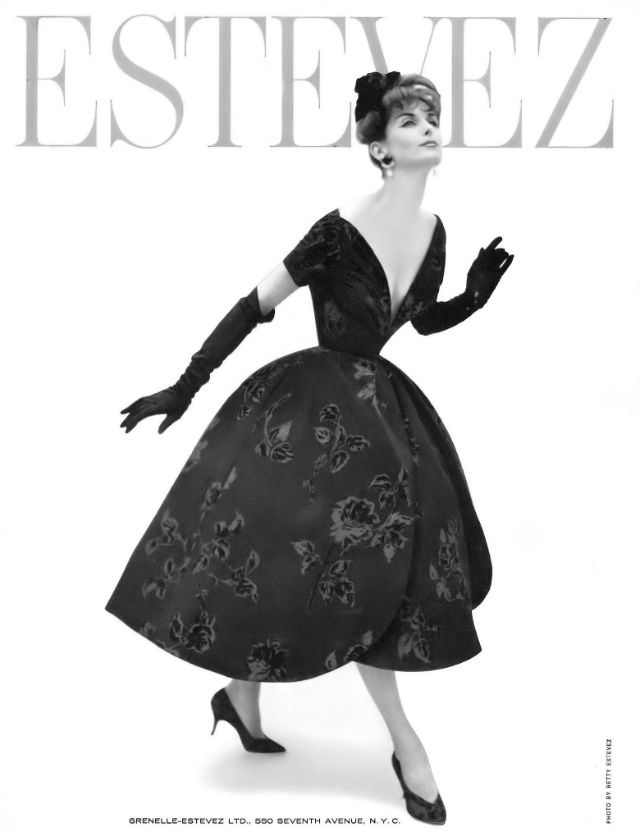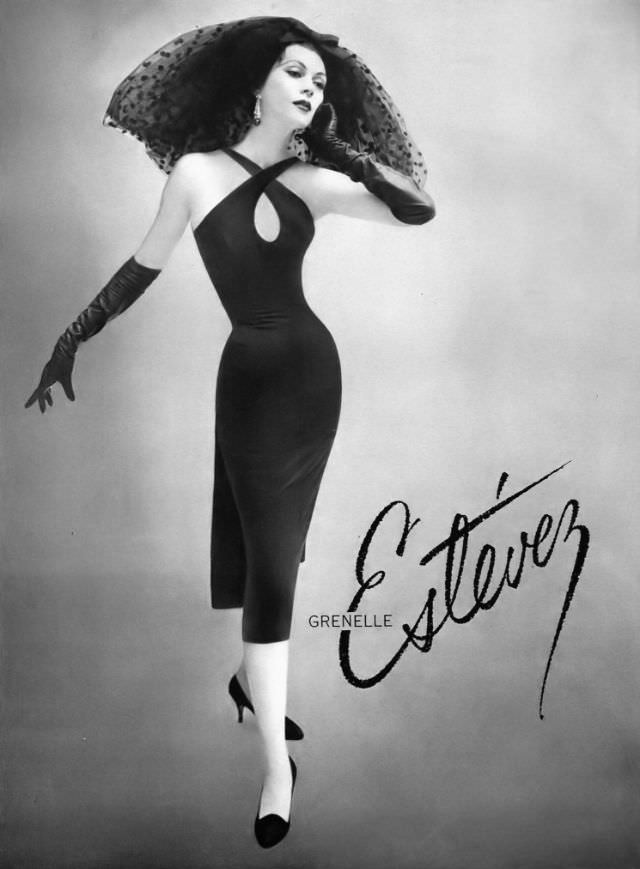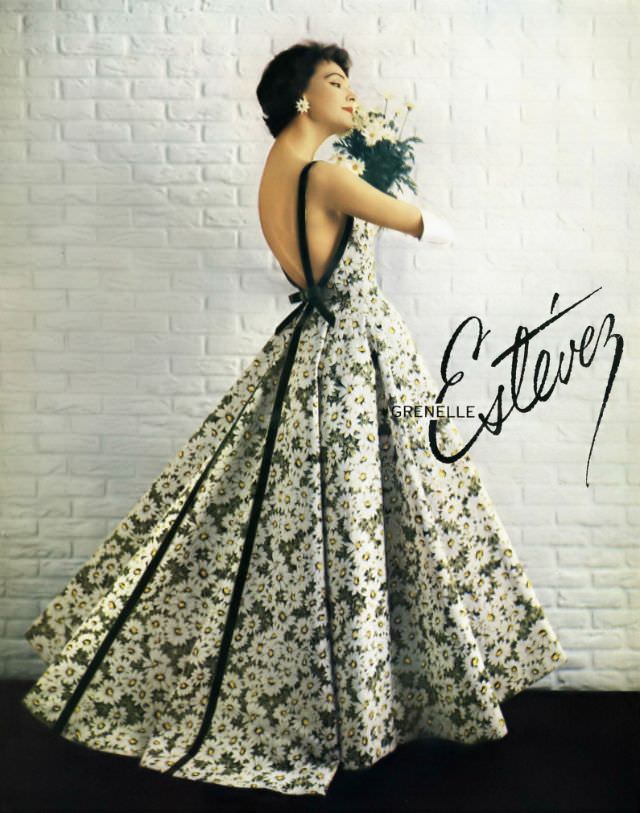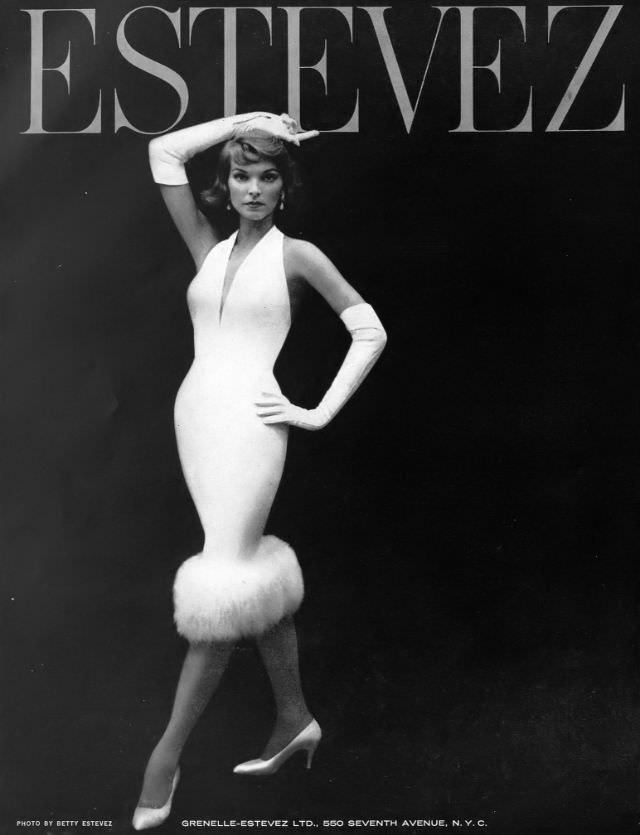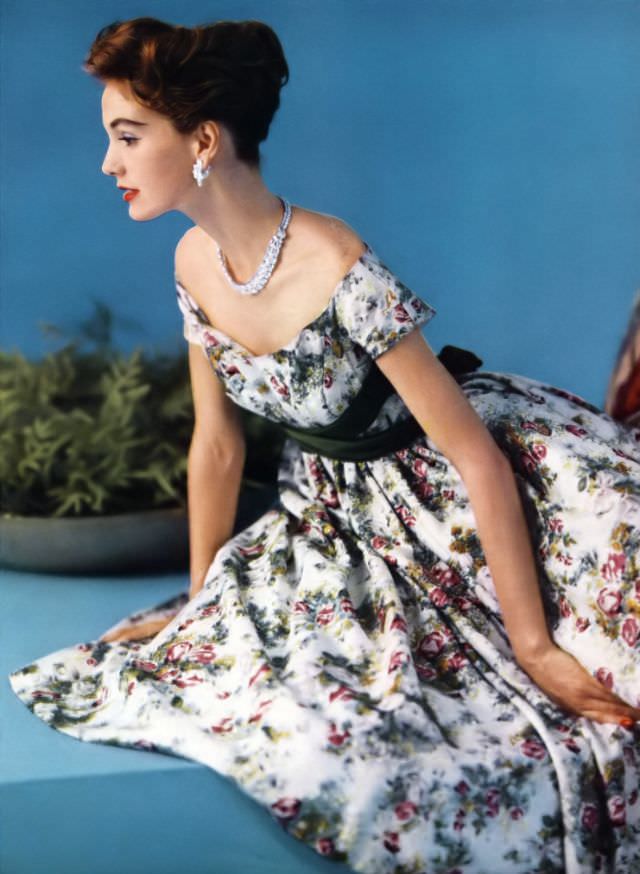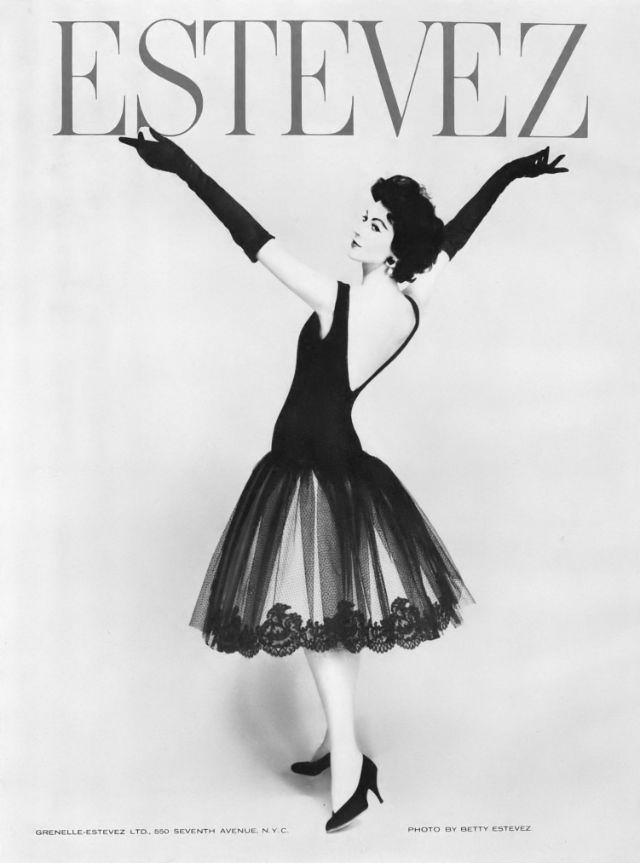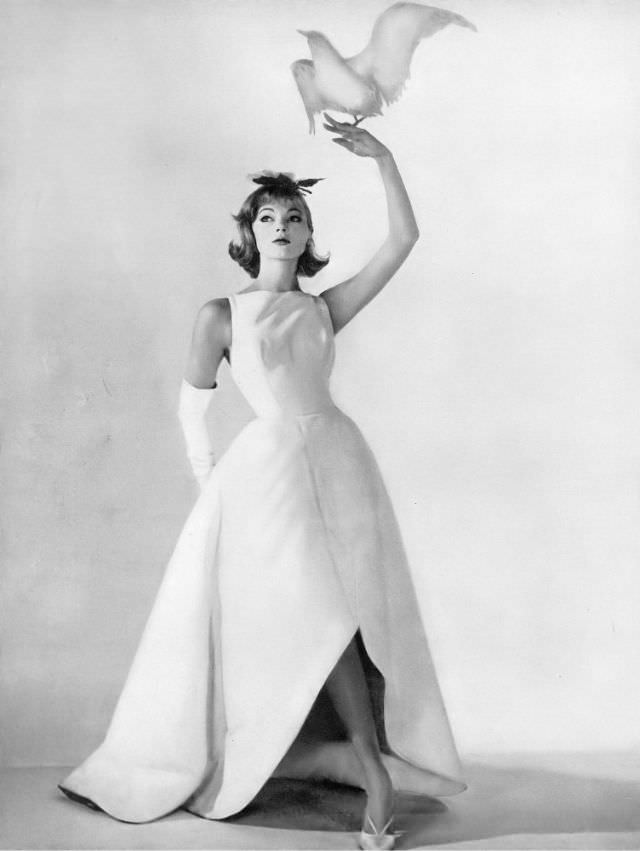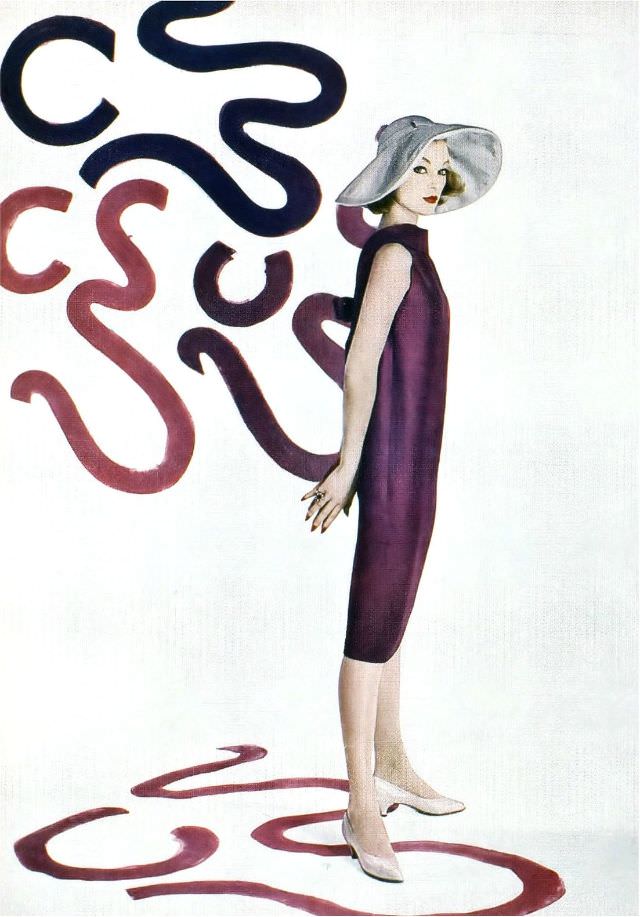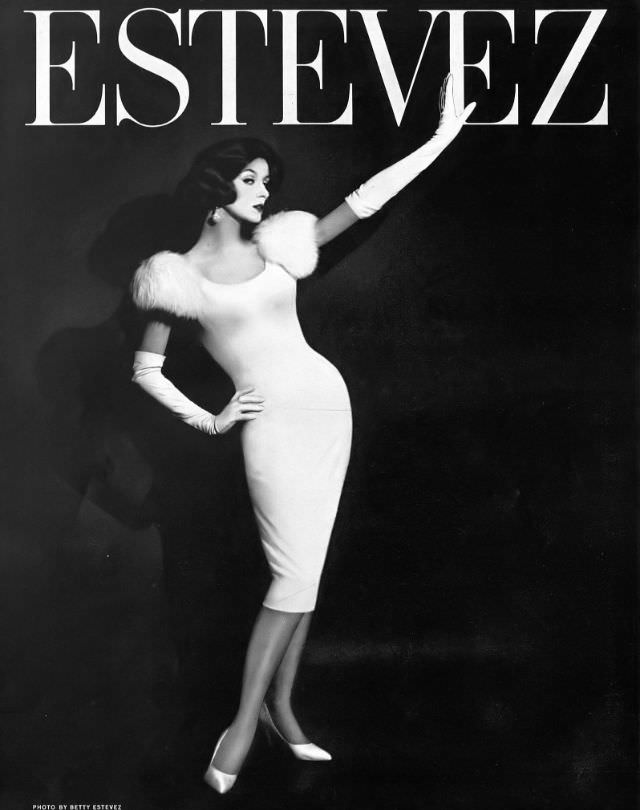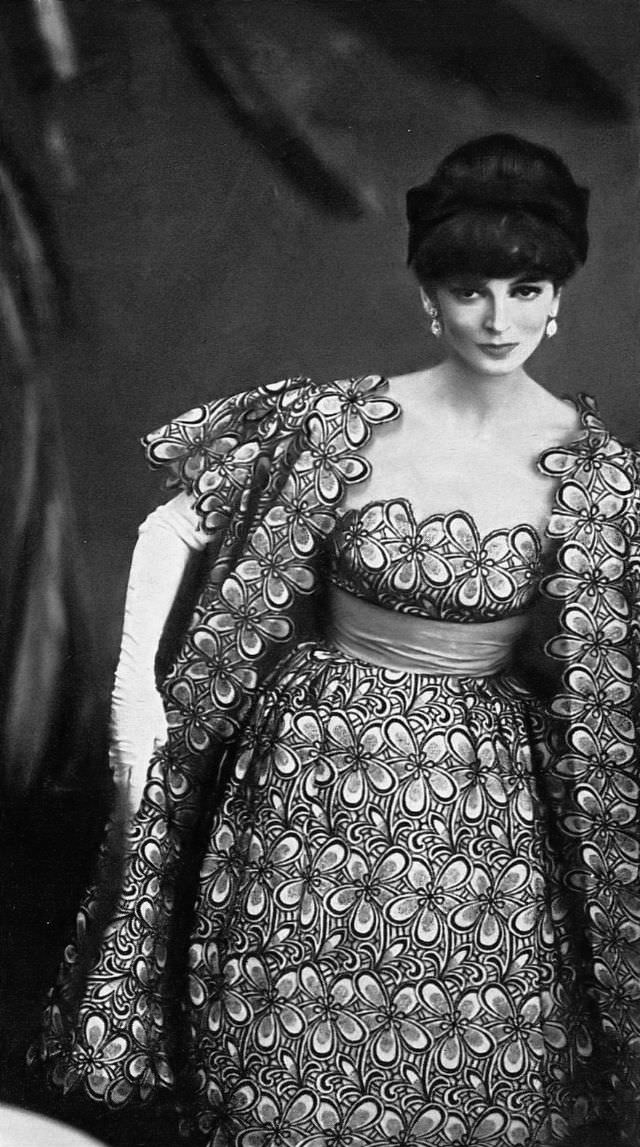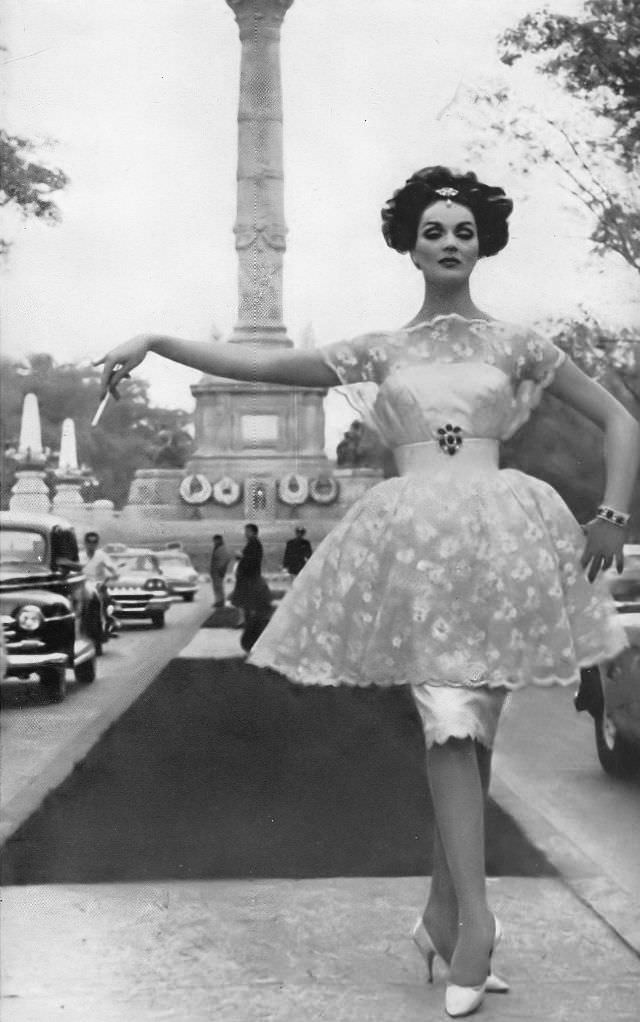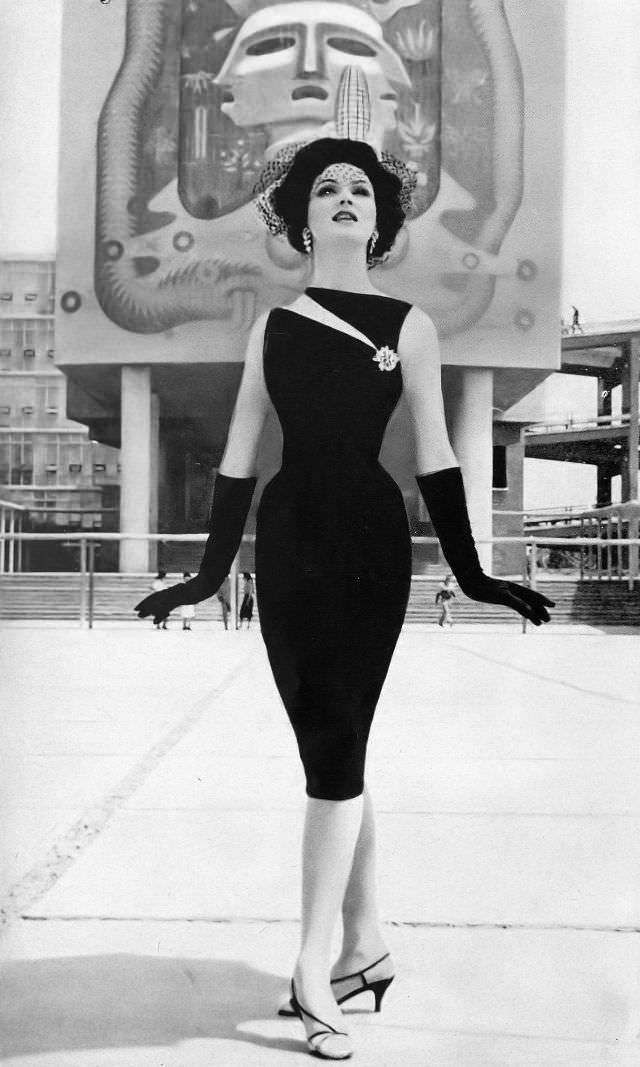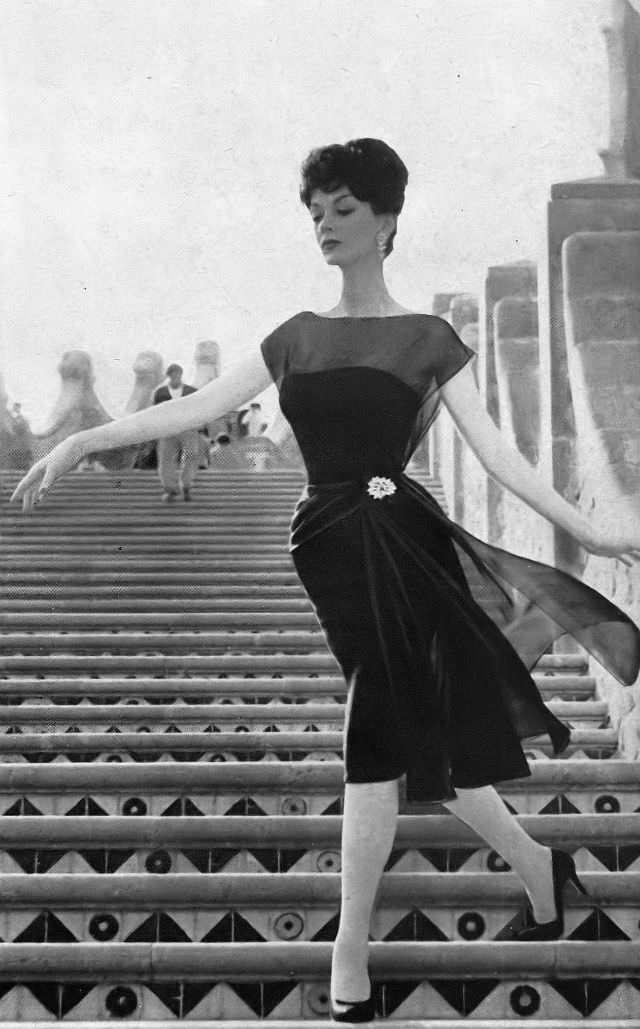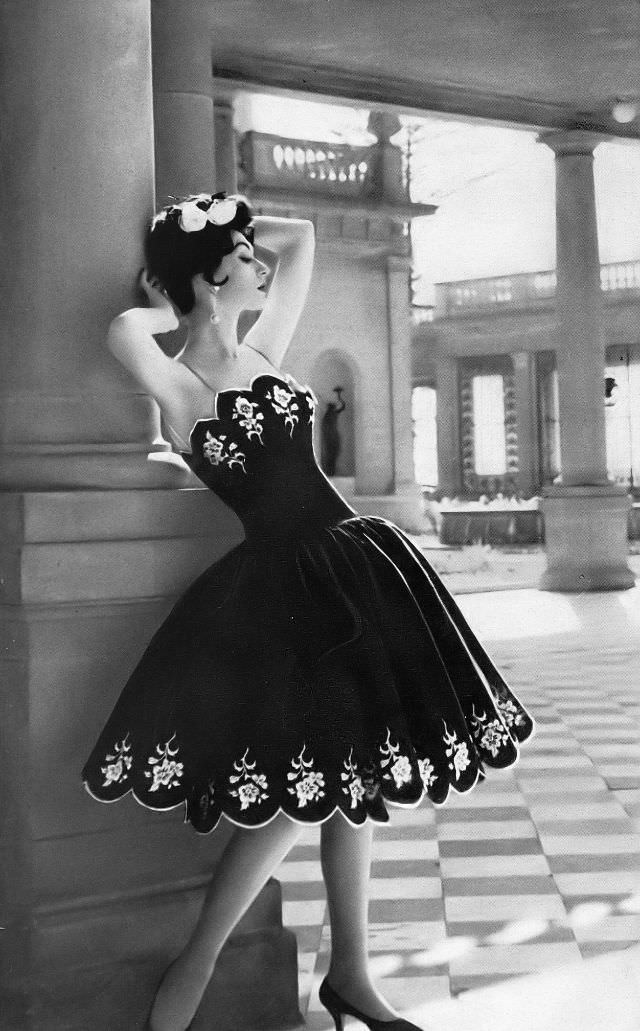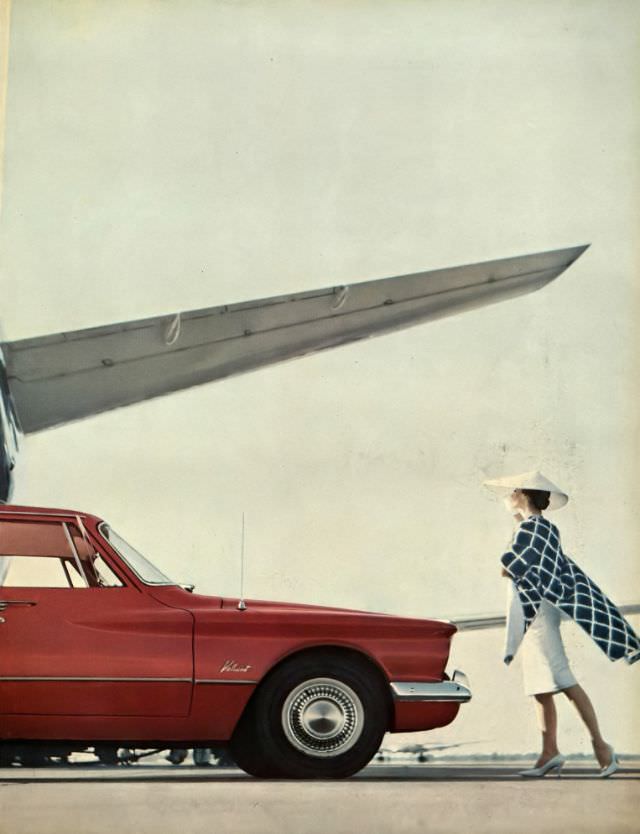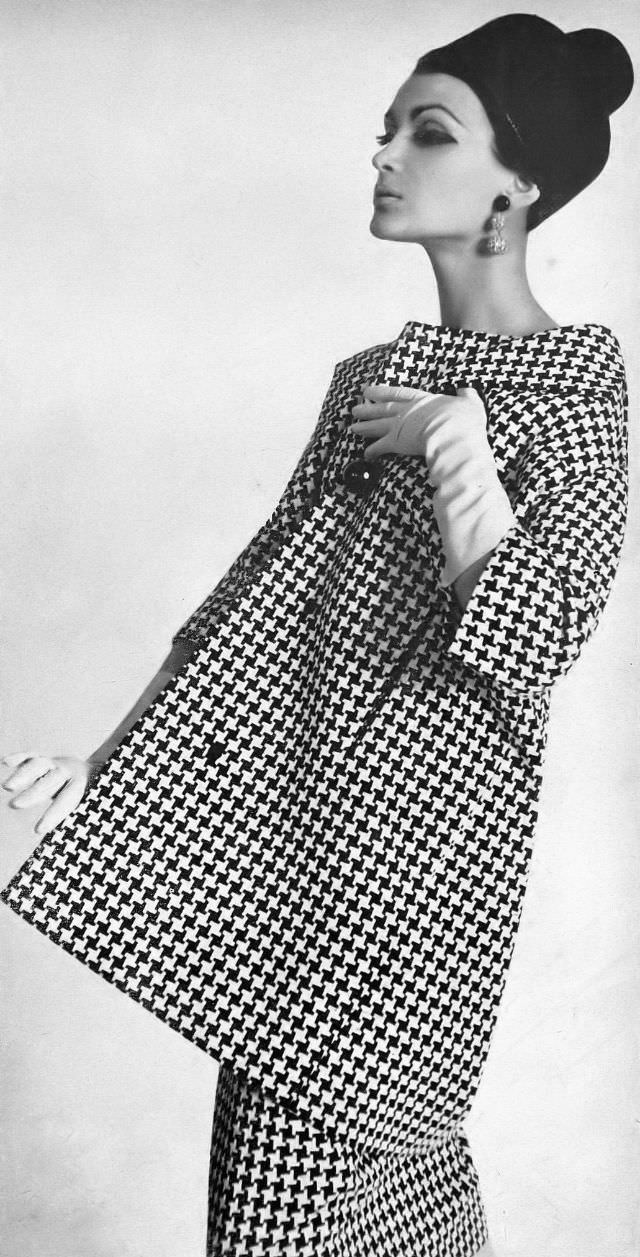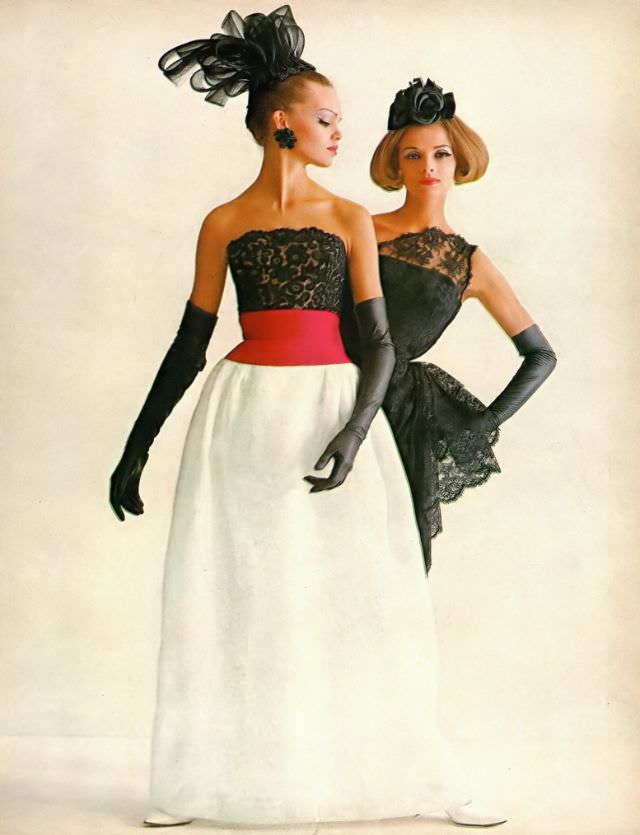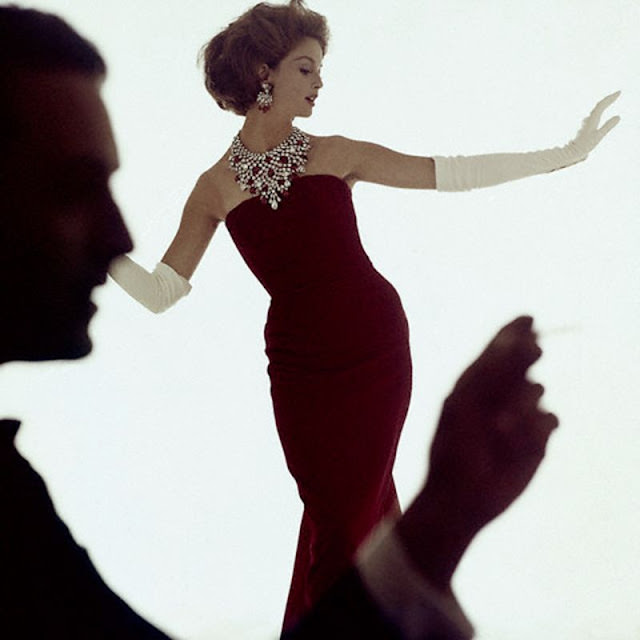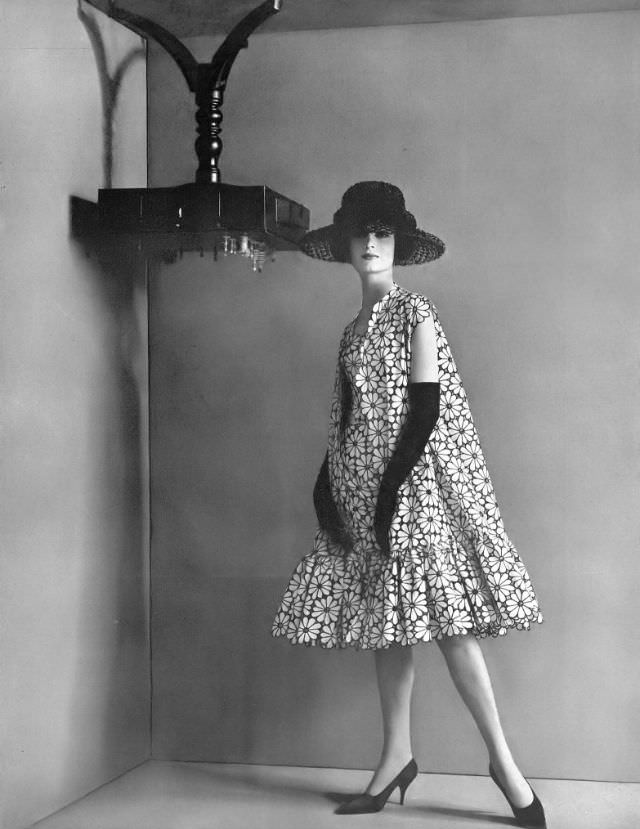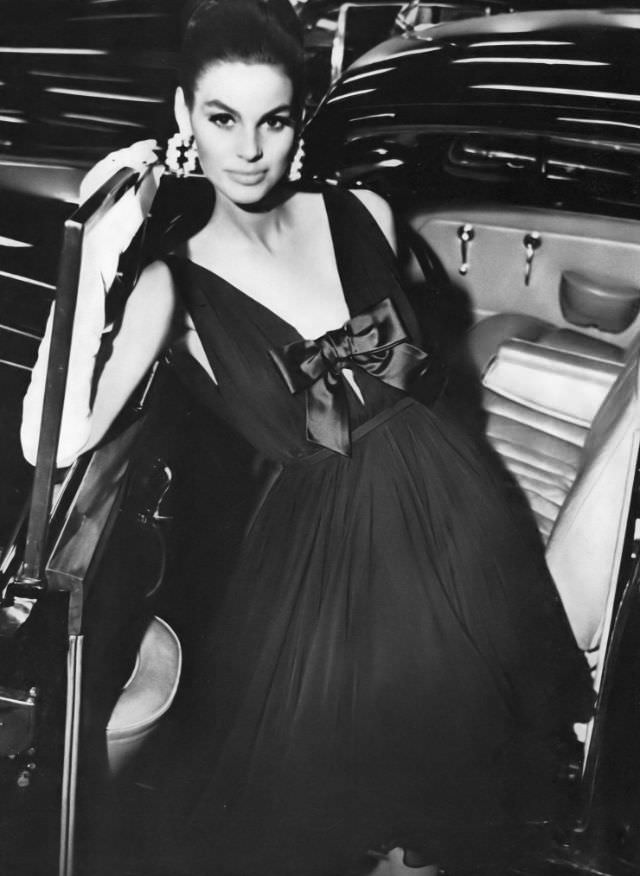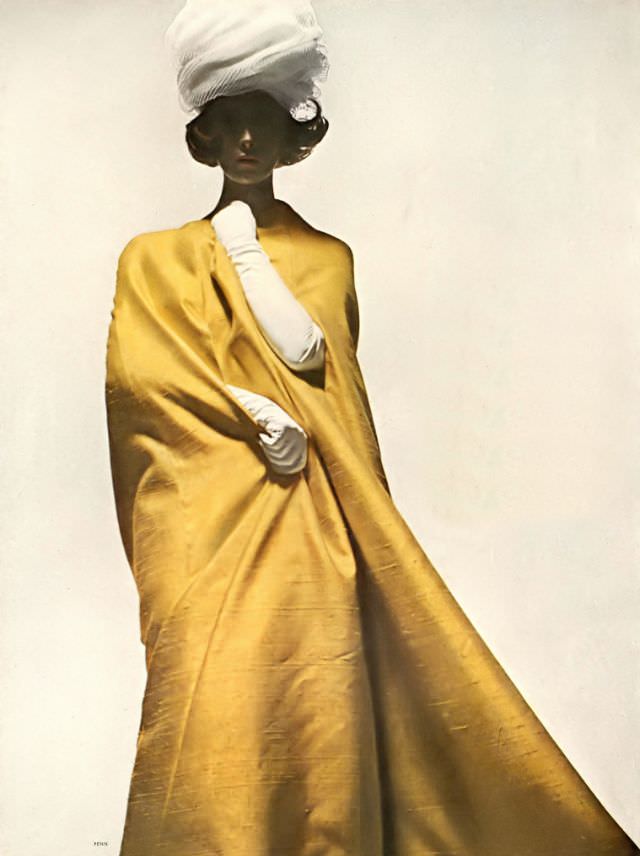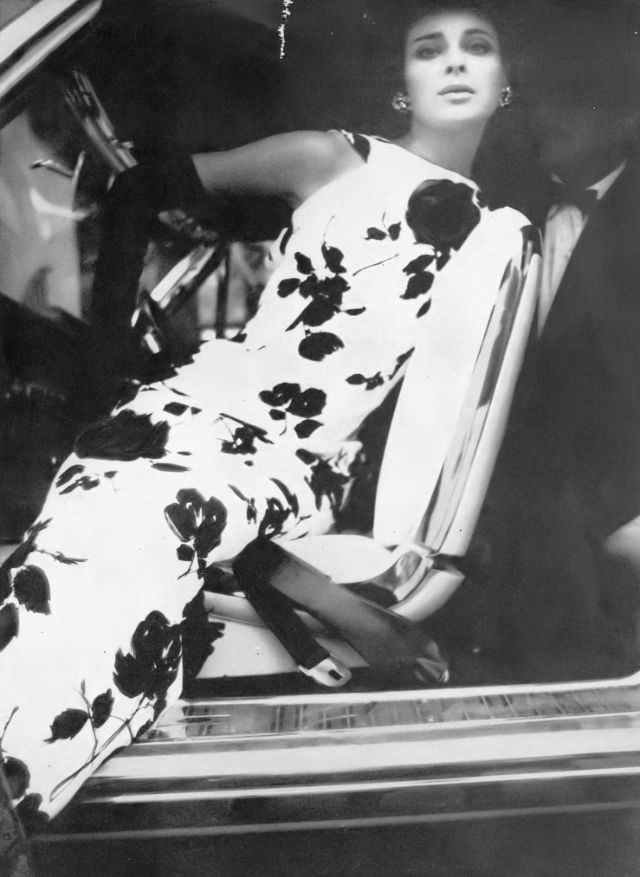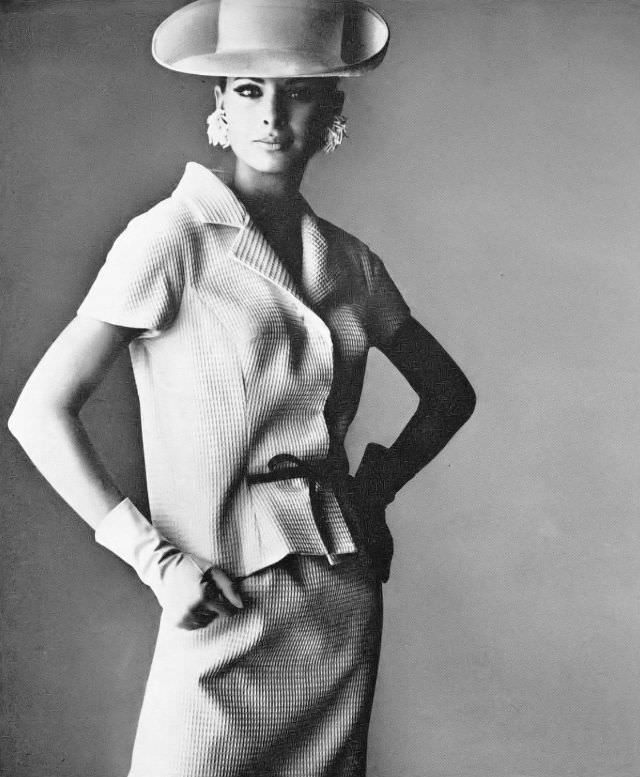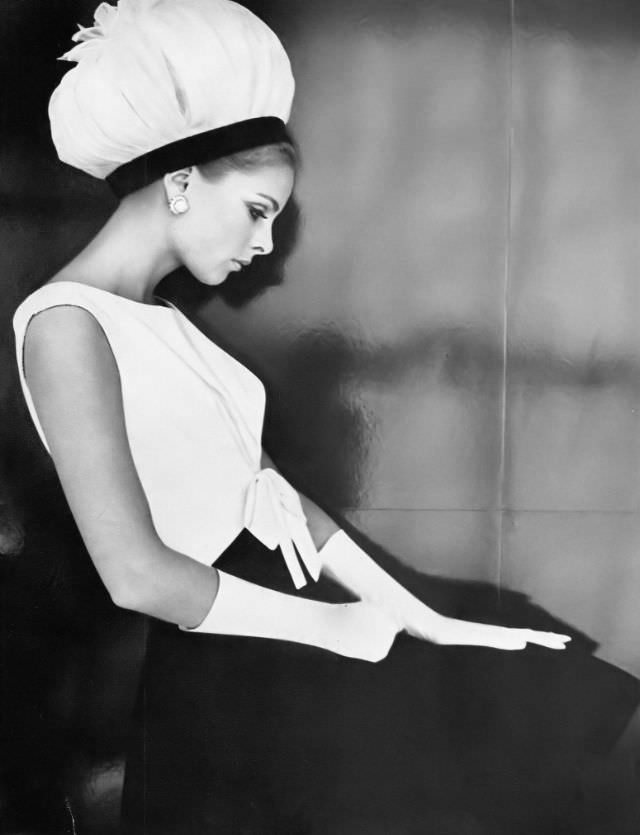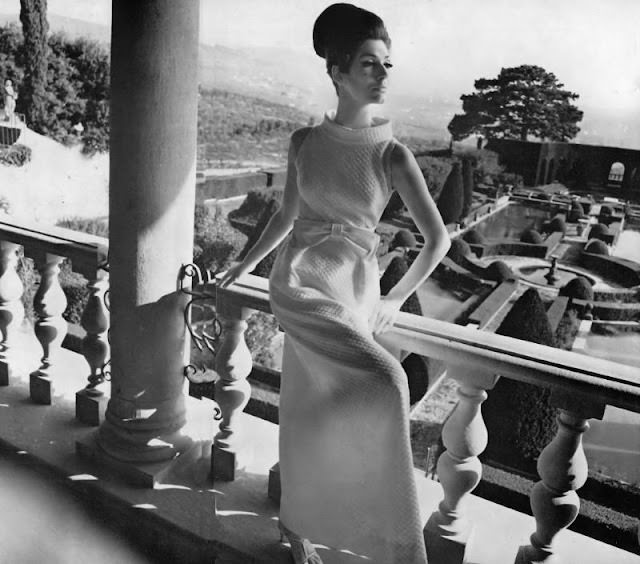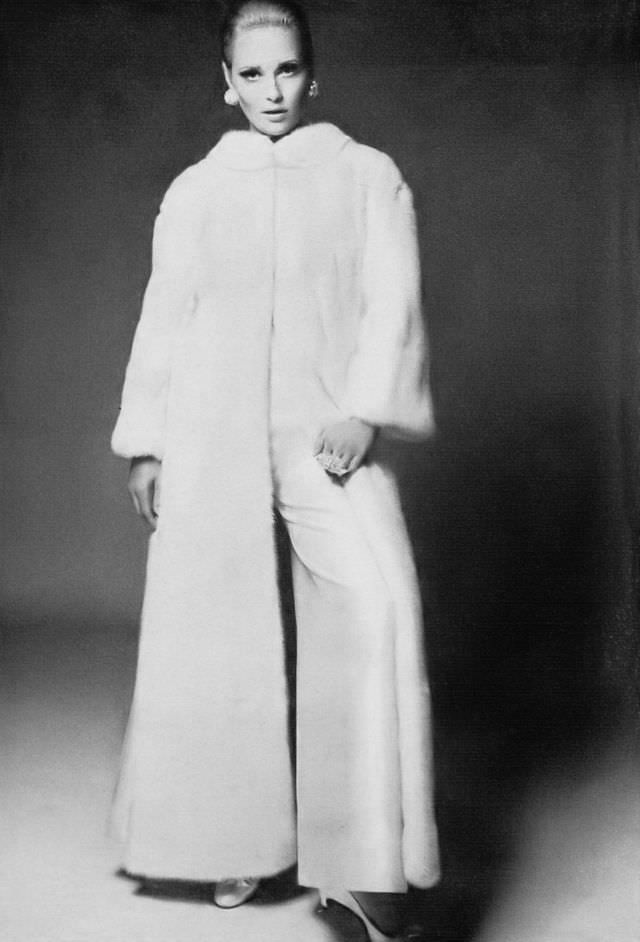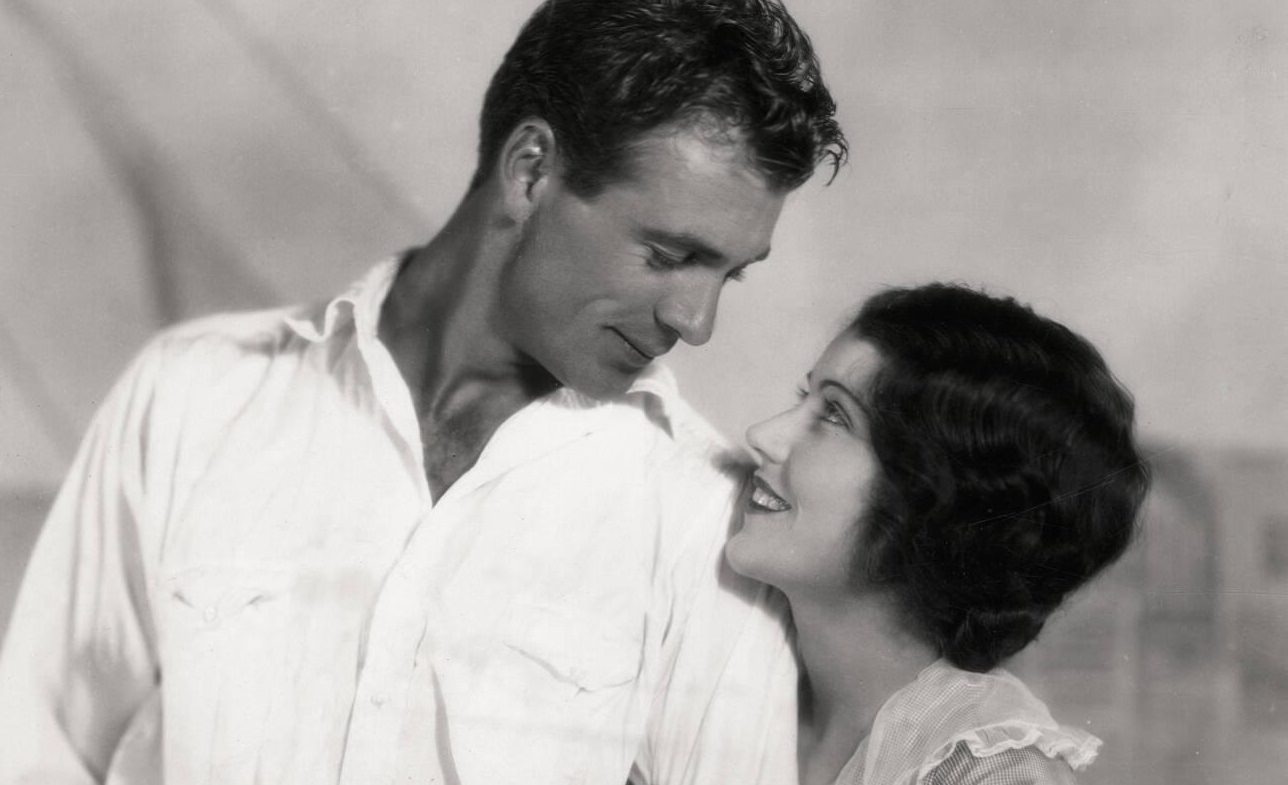Luis Estévez embarked on his fashion journey in the early 1950s, bringing with him a fresh perspective influenced by his Cuban heritage. His designs quickly gained recognition for their distinctive style, blending classic elegance with a sense of daring. Estévez’s talent was soon acknowledged by the fashion world, leading to his rapid rise in the industry.
Glamour and Sophistication
Estévez’s designs from the 1950s and 60s are best known for their dramatic necklines, high slits, and slinky silhouettes. His approach to fashion was revolutionary at the time, often described as turning a lady into a vamp. This signature style was a testament to his belief in celebrating the female form, using fashion as a medium to empower and embolden.
Influence on Fashion Trends
The designer’s work in these decades significantly influenced fashion trends. He was particularly adept at creating evening wear that exuded both grace and allure. His designs often featured bold cuts, sumptuous fabrics, and intricate details, setting new standards in haute couture.
Hollywood in the 1950s and 60s was spellbound by Estévez’s creations. His designs graced numerous film sets and were worn by some of the era’s most iconic stars. This relationship with Hollywood not only amplified his fame but also allowed him to showcase his versatility as a designer.
In 1962, Estévez became a founding member of the Council of Fashion Designers of America (CFDA), a testament to his status and influence in the fashion industry. His involvement with the CFDA highlighted his commitment to fostering a community of designers and advancing American fashion.
Legacy in Museums and Influences
Estévez’s impact on fashion is preserved in various public museum collections, including the Metropolitan Museum of Art and the Gerald R. Ford Presidential Library and Museum. His work is a study in fashion history, showcasing the evolution of style and glamour over two pivotal decades. Furthermore, his influence is evident in the work of later designers like Michael Kors and Zac Posen, who draw inspiration from his bold and elegant designs.



